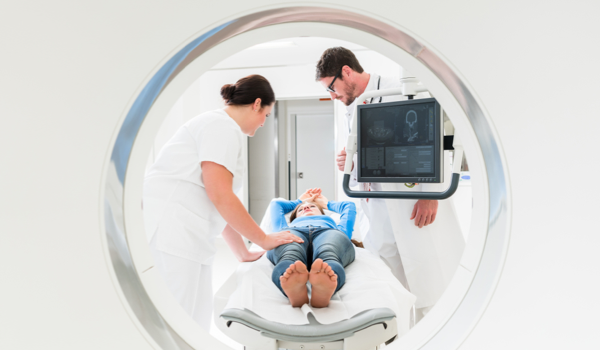


SAO PAULO - When radiologists or other physicians do their work, one can clearly make out two stages. The first is the imaging interpretation, which is directly linked to the medical diagnosis, while the second - which is equally crucial - is the adequate transmission of the exam results, via a report, to the referring physician and to the patient. This may seem straightforward, but competence in one of these stages does not necessarily mean proficiency in the other. This article mainly focuses on this second phase - the writing and structuring of these reports.
Diagnostic radiology has become vastly more complex in recent years. Radiologists must grapple with the challenge of correlating and integrating ever-increasing amounts of imaging, clinical, and laboratory data. Despite all these changes and multiple innovations, however, the format of radiological reports has not kept pace, remaining relatively unchanged during this same period. Most diagnostic examination descriptions are therefore still based on free text, dictated, or typed by the radiologist in an unstructured way.
To overcome the limitations of free-text reports and better adapt to the growing demand for information, several solutions have been proposed. One is the concept of structured reporting, which is nothing more than generating a narrative using a predefined set of items organized in a logical and hierarchical sequence. Simply put, structured reporting allows radiologists to create descriptions following standardized models with all relevant items for each body region and type of exam being performed. This can be done through text templates where radiologists fill in gaps and check items - i.e., using a ‘structured layout’ - or through computerized graphical interfaces in which items are selected through checkboxes and dropdown menus without any text typing - i.e., ‘structured content.’
The concept of structured reporting is not new. It first emerged
The content herein is subject to copyright by The Yuan. All rights reserved. The content of the services is owned or licensed to The Yuan. Such content from The Yuan may be shared and reprinted but must clearly identify The Yuan as its original source. Content from a third-party copyright holder identified in the copyright notice contained in such third party’s content appearing in The Yuan must likewise be clearly labeled as such. Continue with Linkedin
Continue with Linkedin
 Continue with Google
Continue with Google







 1045 views
1045 views










